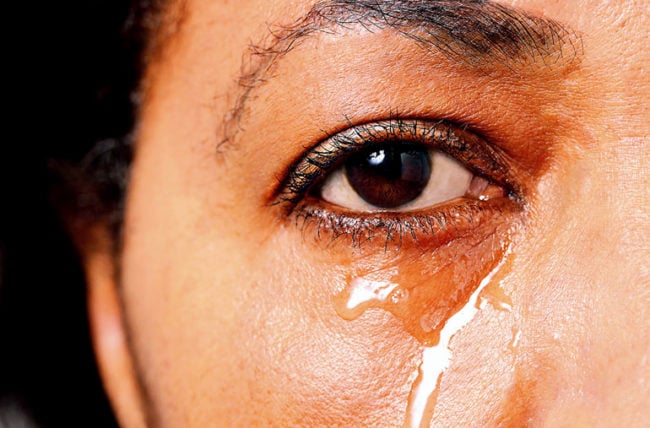Dressing sense, also known as personal style or fashion sense, is an important aspect of self-expression. It involves the way we choose to dress and present ourselves to the world, and it can have a significant impact on our confidence, self-esteem, and how others perceive us.
While there are no hard and fast rules when it comes to dressing sense, there are certain principles and guidelines that can help us develop a personal style that is both flattering and authentic. In this blog, we’ll explore some tips for developing a strong dressing sense that reflects your personality, lifestyle, and individuality.
Dress for your body type: One of the most important aspects of dressing sense is understanding your body type and choosing clothes that flatter your shape. Whether you are tall, short, curvy, or athletic, there are styles and cuts of clothing that can enhance your best features and minimize your less favorite ones. For example, if you are pear-shaped, wearing A-line dresses and skirts can balance out your proportions, while if you are petite, wearing high-waisted pants can make your legs look longer.
Invest in quality basics: Building a wardrobe of quality basics is an essential part of dressing sense. These are pieces that you can mix and match with other items to create a variety of outfits. Some key basics to consider include a well-fitted pair of jeans, a white button-down shirt, a tailored blazer, and a little black dress. When choosing these pieces, opt for high-quality fabrics that will last for many seasons.
Experiment with color: Adding color to your wardrobe is a great way to express your personality and create a unique style. While black and white are classic colors that never go out of style, don’t be afraid to try bolder shades and prints. If you’re unsure of where to start, choose one or two colors that you love and build your outfits around them.
Accessorize wisely: Accessories can make or break an outfit, so it’s important to choose them carefully. Whether you prefer bold statement pieces or delicate jewelry, accessories can add interest and personality to even the most basic outfit. Some key accessories to consider include scarves, belts, hats, and shoes.
Dress for the occasion: Another important aspect of dressing sense is knowing how to dress for different occasions. While casual clothes are appropriate for everyday wear, more formal events require a more polished look. Make sure to read the dress code for any event you’re attending and choose your outfit accordingly.
Be comfortable: While it’s important to look good, it’s equally important to feel comfortable in your clothes. If you’re constantly tugging at your clothes or adjusting your outfit, you’ll never feel confident or at ease. Choose clothes that fit well, feel good against your skin, and allow you to move freely.
In conclusion, developing a strong dressing sense is all about expressing your unique personality and individuality. By following these tips, you can create a wardrobe that reflects your personal style while making you look and feel your best. Remember, there are no hard and fast rules when it comes to dressing sense, so have fun and experiment with different styles until you find what works best for you.




